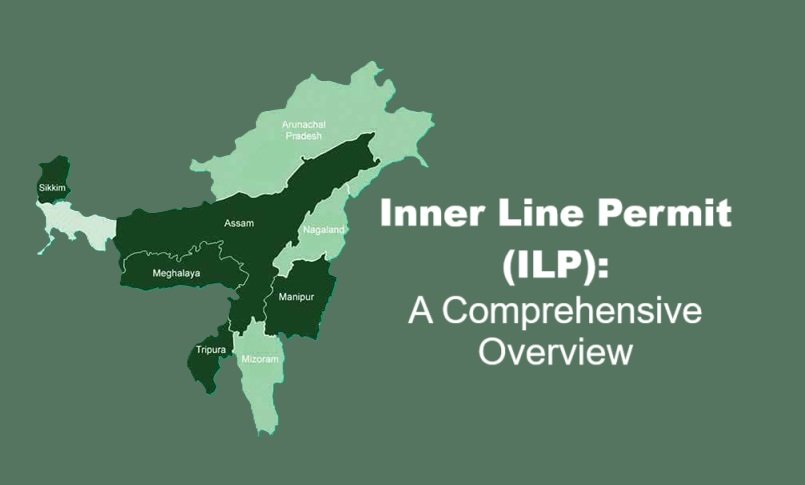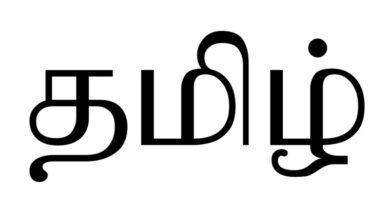
Inner Line Permit (ILP): A Comprehensive Overview
The Inner Line Permit (ILP) is a significant legal document required by Indian citizens to enter specific restricted areas in the country. Enforced under the Bengal Eastern Frontier Regulation Act of 1873, the ILP serves as a mechanism to regulate the entry of individuals into areas designated as “protected.” This regulation is primarily aimed at preserving the cultural heritage, demographic integrity, and social harmony of indigenous communities residing in these regions. Below is a detailed exploration of the ILP system, its history, implementation, and implications.
Historical Background
The concept of the Inner Line Permit traces its roots back to British India. The Bengal Eastern Frontier Regulation Act of 1873 was introduced by the British colonial administration to protect their commercial interests in the tribal areas of the Northeast. The Act restricted the movement of people from the plains into these tribal regions to prevent any disruption to their way of life and ensure uninterrupted trade, especially in forest resources like timber.
Post-independence, the Indian government retained the ILP system to address socio-economic disparities and safeguard the identity and culture of indigenous tribes in specific regions.
Regions Where ILP is Implemented
Currently, the ILP system is operational in four northeastern states of India:
- Arunachal Pradesh
- Introduced in 1873, the ILP in Arunachal Pradesh regulates entry to protect its diverse tribal cultures and pristine environment.
- Nagaland
- Implemented in 1963, the ILP in Nagaland ensures that the unique customs and traditions of its 16 recognized tribes are preserved.
- Mizoram
- Introduced in 1987, the ILP system in Mizoram aims to maintain demographic balance and cultural heritage.
- Manipur
- The ILP system was extended to Manipur in 2019 to address concerns about the influx of migrants and protect indigenous populations.
Objectives of the Inner Line Permit
The ILP system serves several critical objectives:
- Cultural Preservation
- Protects the unique identity, customs, and traditions of indigenous communities.
- Regulation of Migration
- Prevents large-scale migration that could alter the demographic composition of these regions.
- Environmental Conservation
- Limits uncontrolled tourism and exploitation of natural resources.
- Economic Safeguards
- Ensures that local populations benefit from economic activities by restricting non-local participation in specific sectors.
Procedure for Obtaining an ILP
The process of obtaining an ILP is straightforward and can be completed online or through designated government offices in the respective states. Applicants need to provide personal details, travel plans, and valid identification proof. Once approved, the ILP specifies the duration and purpose of the visit. Overstaying or violating the terms of the ILP can result in penalties.
Key Provisions of the ILP
- Duration of Stay
- The permit is usually granted for a limited period, which can vary based on the state and the purpose of the visit.
- Restricted Areas
- Entry is allowed only to designated areas within the state, and certain zones remain off-limits.
- Purpose of Visit
- The ILP outlines the purpose, whether for tourism, business, research, or other activities.
Recent Developments
In recent years, the ILP system has undergone significant scrutiny and amendments:
- Extension to Manipur (2019)
- After prolonged demands, the ILP system was extended to Manipur under the Citizenship Amendment Act (CAA) protests, addressing concerns over demographic changes.
- Digitization
- States like Arunachal Pradesh and Mizoram have introduced online application systems to simplify the process for visitors.
- Debates on Expansion
- There have been demands to implement the ILP system in other regions like Meghalaya and Ladakh to protect local interests.
Criticism and Challenges
Despite its objectives, the ILP system faces several criticisms:
- Economic Isolation
- Restricting entry can deter investment and limit economic opportunities for local populations.
- Administrative Hurdles
- The application process, though digitized in some states, can still be cumbersome for visitors unfamiliar with the system.
- Impact on Tourism
- The permit system can act as a barrier to tourism, which is a significant source of revenue for many northeastern states.
- Demand for Inclusion
- There are rising demands from other regions to implement the ILP system, leading to political and social debates.
Way Forward
To balance cultural preservation and economic development, the following steps could be considered:
- Streamlining the ILP Process
- Enhancing the user-friendliness of the application process, especially for tourists and researchers.
- Periodic Reviews
- Conducting regular assessments to ensure that the ILP system aligns with contemporary needs and challenges.
- Awareness Campaigns
- Educating visitors about the importance of the ILP system to foster respect for local cultures and regulations.
- Promoting Sustainable Tourism
- Encouraging eco-tourism and cultural tourism to benefit local communities while minimizing environmental impact.
Conclusion
The Inner Line Permit system is a unique regulatory framework designed to protect the cultural and demographic integrity of India’s northeastern states. While it serves as a shield for indigenous communities against external influences, its implementation must adapt to modern realities. A balanced approach that preserves cultural heritage while promoting economic growth is essential for the long-term sustainability of the ILP system.
Sources:






